Seafood is an essential source of protein and nutrients for people worldwide, but how it is caught or farmed can significantly impact the environment and marine life.
Sustainable seafood is caught or farmed in a way that minimises negative impacts, while wild-caught seafood is seen in the wild and farm-raised seafood is raised in controlled environments such as ponds or tanks.
It is important to consider the sustainability and environmental impact of the seafood we consume and the methods used to produce it.
This article will delve into the differences between sustainable, wild-caught, and farm-raised seafood and explore the factors to consider when making informed choices about the seafood we eat.
Sustainable Seafood
Sustainable seafood is an important issue because overfishing and destructive fishing practices have led to many fish populations’ decline and caused environmental damage to marine ecosystems.
One way to ensure that you are purchasing sustainable seafood is to look for certification labels such as the Marine Stewardship Council (MSC) or the Aquaculture Stewardship Council (ASC). These labels indicate that the seafood has been sourced in a way that meets specific environmental and social standards.
Another way to support sustainable seafood is to choose abundantly and not overexploited species.
Farm-raised Seafood
Farm-raised Seafood, also known as aquaculture, is farming fish and other seafood in controlled environments such as ponds, tanks, or marine enclosures. It is a growing industry that is expected to play an increasingly important role in meeting the demand for seafood as wild fish populations face pressure from overfishing and other environmental challenges.
However, it is important to consider the sustainability of farm-raised seafood, as some aquaculture methods can negatively impact the environment and the health of farmed fish.
These impacts can include using chemicals and antibiotics, releasing excess feed and waste into the water, and the potential for escape and spreading diseases to wild fish populations.
In addition to choosing sustainably sourced seafood, it is also essential to consider how it is produced. Some fish farming methods, such as intensive aquaculture, can harm the environment due to the use of chemicals, antibiotics, and the release of excess feed and waste into the water.
On the other hand, sustainable aquaculture practices such as closed containment systems and integrated multi-trophic aquaculture can minimise these negative impacts.
Wild-caught Seafood
Wild-caught seafood refers to fish caught in the wild rather than farmed in aquaculture systems. It is a traditional and important source of food for many communities around the world and can provide various health benefits due to its high protein and omega-3 content.
However, it is important to consider the sustainability of wild-caught seafood, as overfishing and destructive fishing practices can negatively impact marine ecosystems and lead to declining fish populations. This can also have social and economic consequences for the communities that rely on these resources.
Another factor to consider is the carbon footprint of seafood. Some types of seafood, such as locally caught shellfish and small pelagic fish, have a lower carbon footprint than others, such as certain types of farmed salmon and tuna caught or transported over long distances.
Conclusion
Sustainable seafood balances the needs of the environment, marine life, and human communities.
By making informed choices about the seafood we consume, we can help support the health of our oceans and ensure a sustainable future for all.
At Harley & John’s, we are proud to be the first independent fish market in NSW to gain MSC chain of custody certification. We always strive to provide our customers with the broadest range possible, emphasising the freshest locally sourced seafood. Visit us today to learn more.
